Best-Laid Plans
Plane and Pilot
APRIL 1, 2025
Altimeter set. Feet on rudder pedals. I turned crosswind and attempted to shallow the climb. This time, I pulled out some power as I transitioned to the crosswind leg. I set the speed at 1,400 rpm. I focused on temperatures and pressures for several minutes, waiting for the oil to warm. Pitch trim neutral. Fuel pump on.

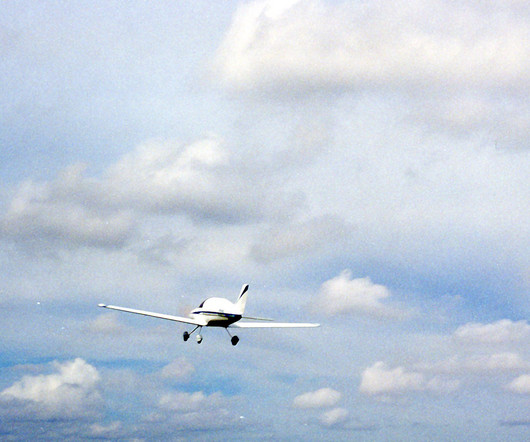
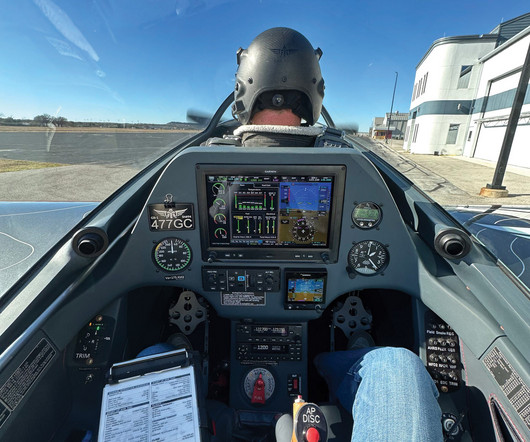
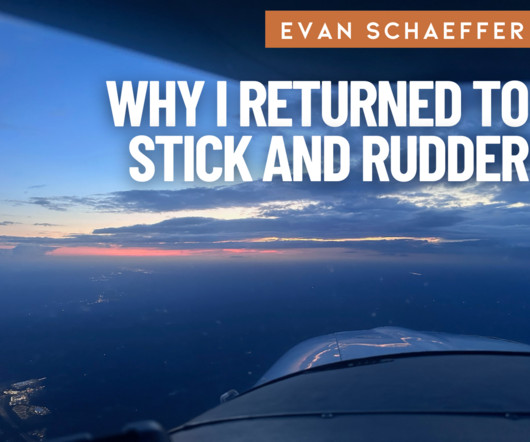
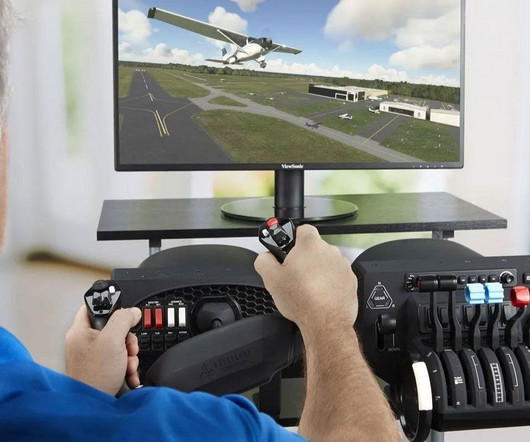
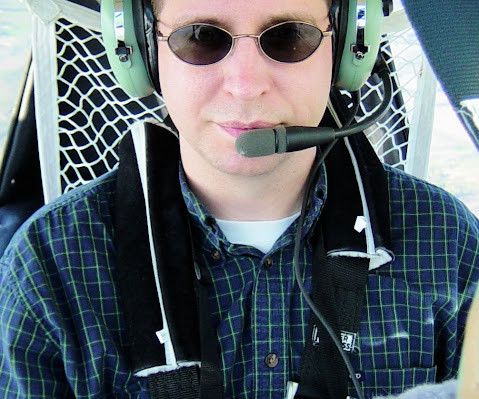












Let's personalize your content